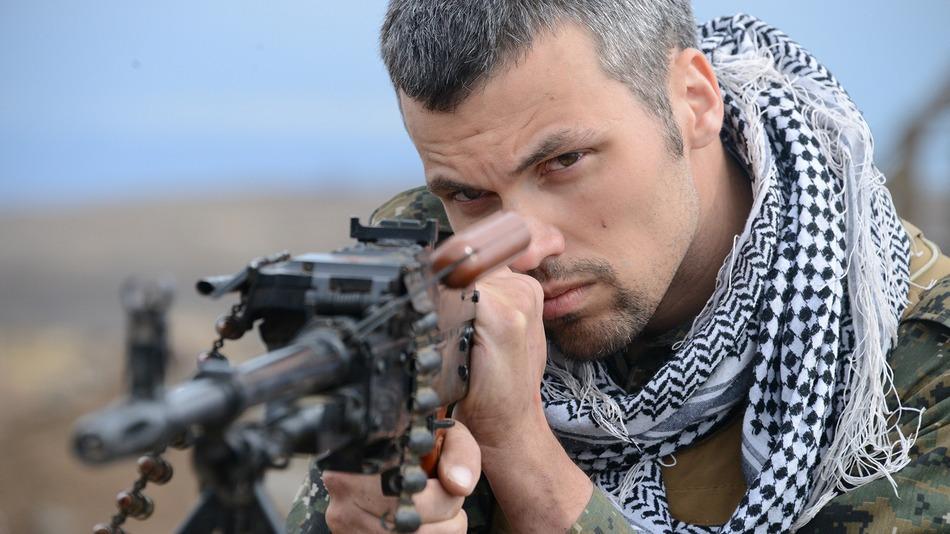NEW YORK—Erin Gehant is contagiously optimistic about the prospects for the school she will be running, to open this fall. This enthusiasm is one of her best tools, particularly because The Urban Assembly (UA) School for Global Commerce will be educating students about logistics. The specialized field needs some explaining, especially when talking to young teenagers and their families.
“This is what I show to students,” said Gehant, pulling out a chart of a candy bar and its lifespan from the ingredients to assembly to sale. “When they see this, they understand where we’re coming from.”
The Urban Assembly School for Global Commerce, which offers grades 9--12, is one of 1,110 CTE schools throughout the state of New York. The school’s approach to educating students about logistics is focused on both academic and technical instruction.
“By the time they’re in the 12th grade, they’ll have experience [in different fields] and we’ll put them in an internship that meets their interests,” said Gehant.
A feature of many of the schools is their partnerships with businesses and industries that provide funding and training, which can guide the curriculum to ensure more prepared students.
One way the Global Commerce school attracts students into internships is through industry partnerships, which so far include The Port Authority of New York and New Jersey, the New York Metropolitan Transportation Council, and many others. Gehant says there’s a very simple reason for the industry enthusiasm over a high school with a global commerce-driven curriculum.
“Every trade show or event I go to, when I tell them what we’re doing they get so excited,” said Gehant, adding that there is concern in the industry about people retiring and there not being enough trained people waiting in the wings to fill their shoes.
By the time UA students graduate, they will have two industry certifications: they will be Certified Logistics Associations and have an AutoCAD certification.
The Urban Assembly was founded in 1990 in the Bronx, and now has a network of five Career and Technical Education (CTE) schools throughout New York City, with programs ranging from agriculture to health.
The story of Mather Building Arts and Craftsmanship High School, which also opens this fall, is similar. Mather plans to offer education in carpentry, masonry, landscape management, and decorative finishes. Students will learn all four trades and do internships, job shadowing, and other hands-on experience at job sites in New York City.
Larry D. Gabbard, project director and founder of the school, said the idea is to create a school that will teach students valuable craftsman trades that can be used to protect historic sites. The school’s partner, the National Park Service, looks after more than 400 national parks and sites—including the Statue of Liberty and Ellis Island.
“We just don’t have them [craftsmen] out there in America to protect things like Ellis Island and Hamilton Grange,” said Gabbard.
Though the industry benefits of both schools will be invaluable, Gehant says the interests of the students is their first priority.
“At the core of what we do is give children opportunities,” said Gehant.
Ivan Pentchoukov contributed to this report




